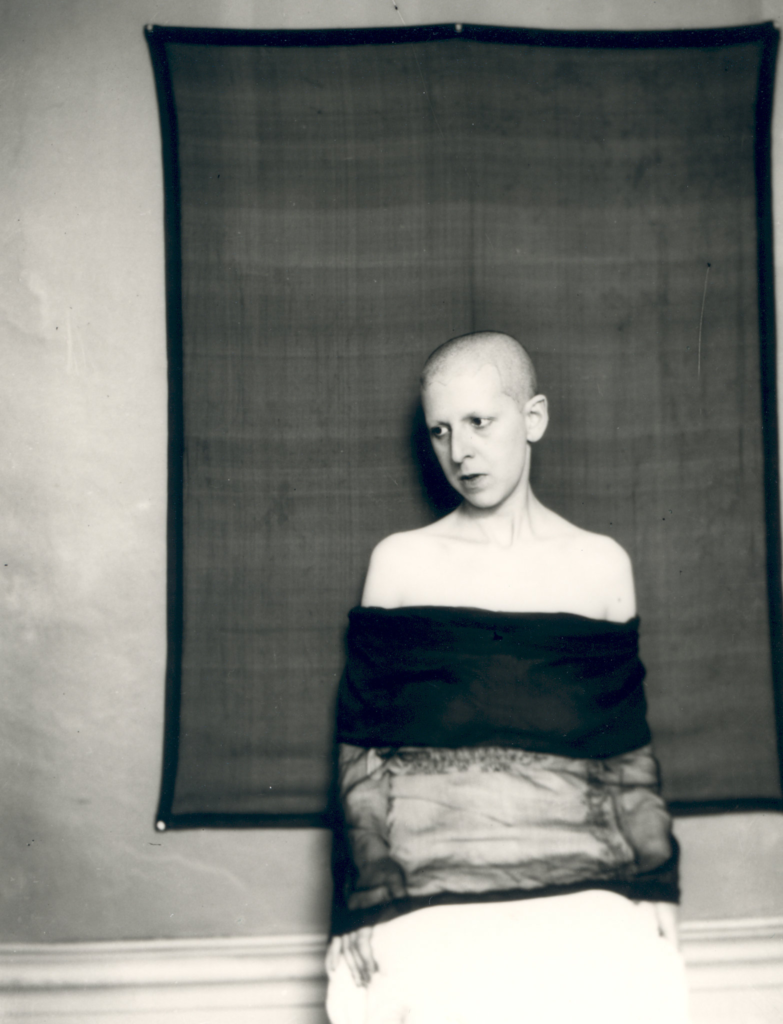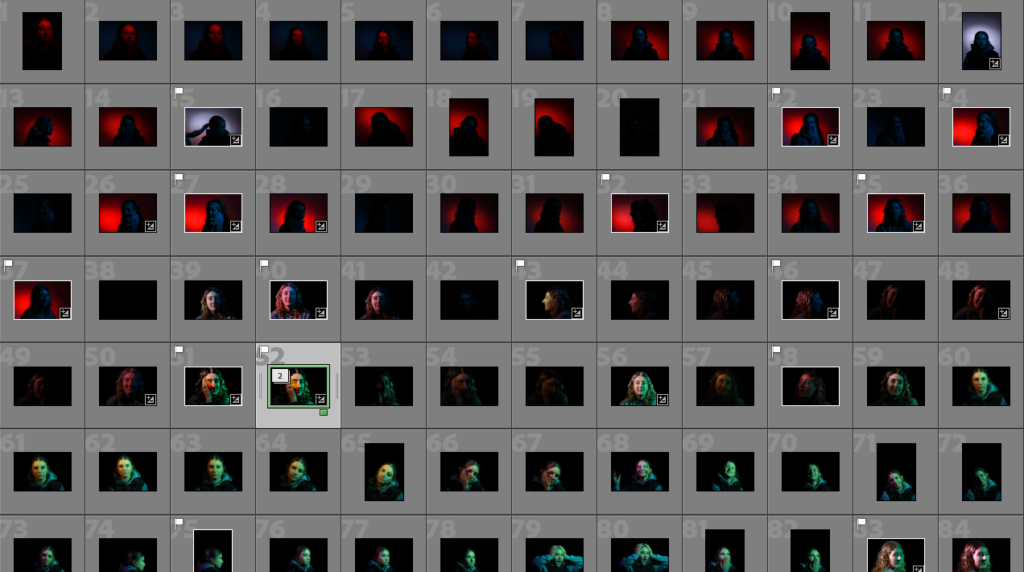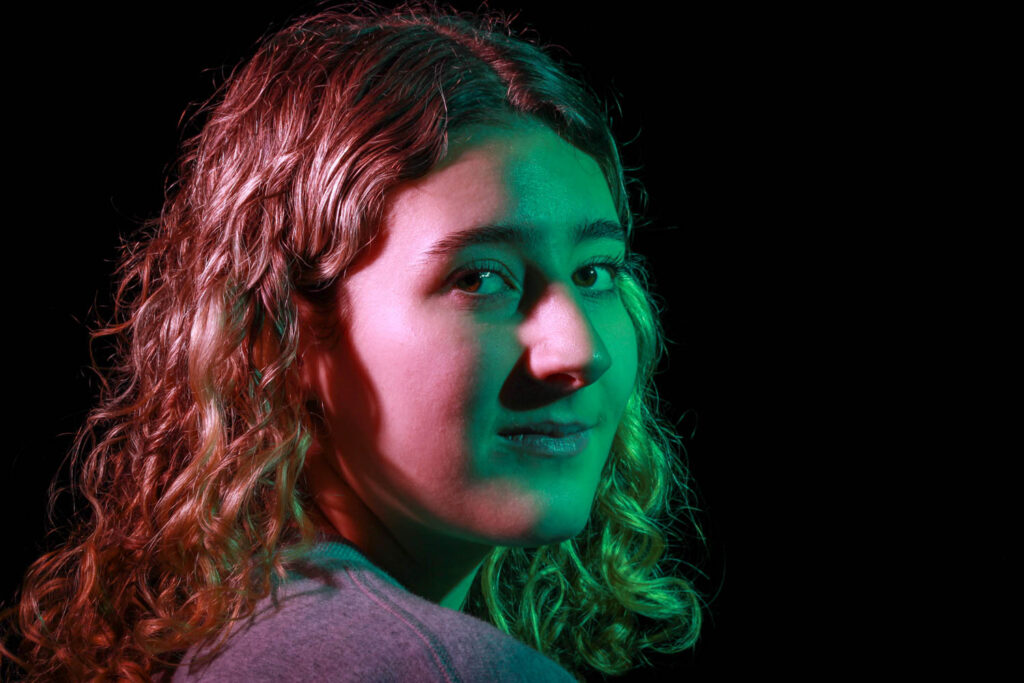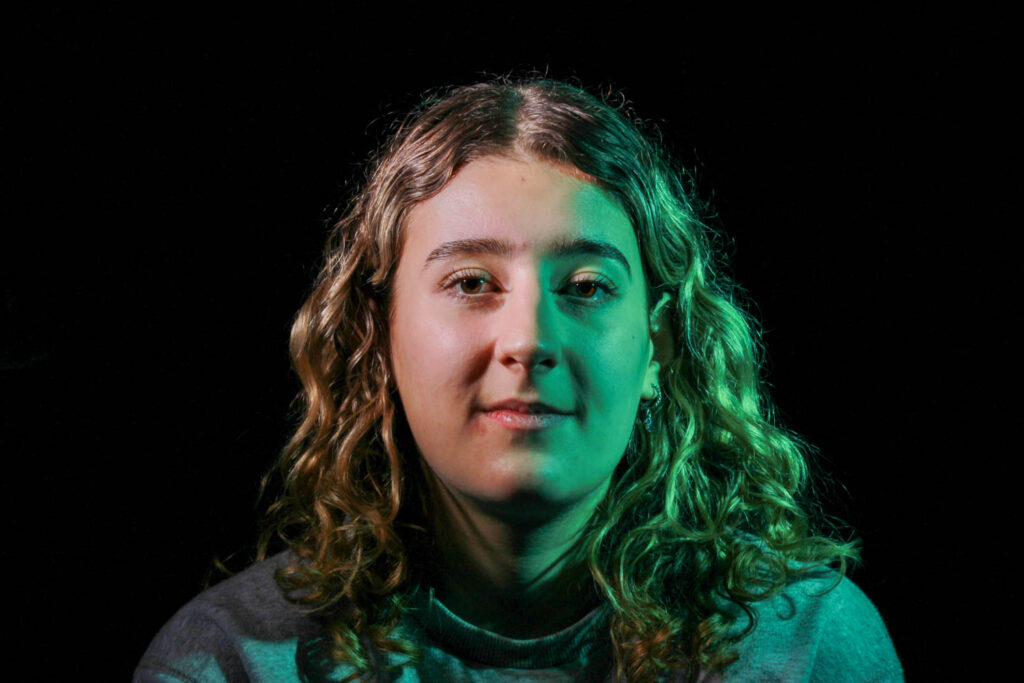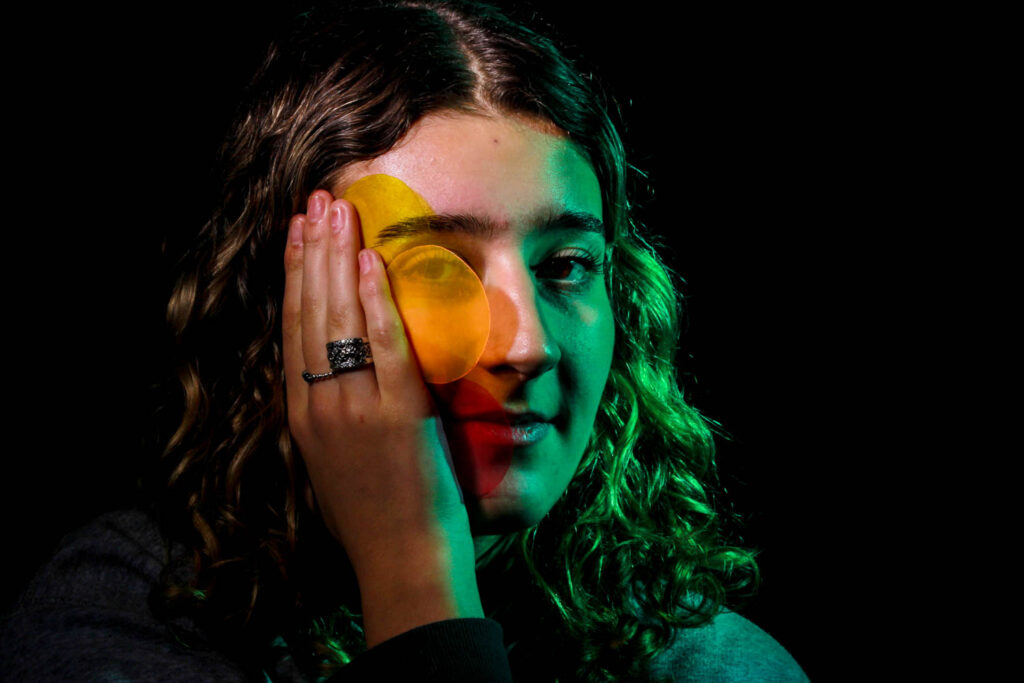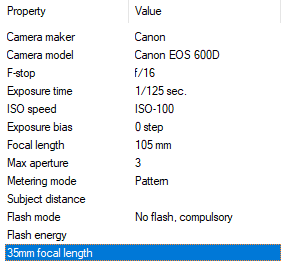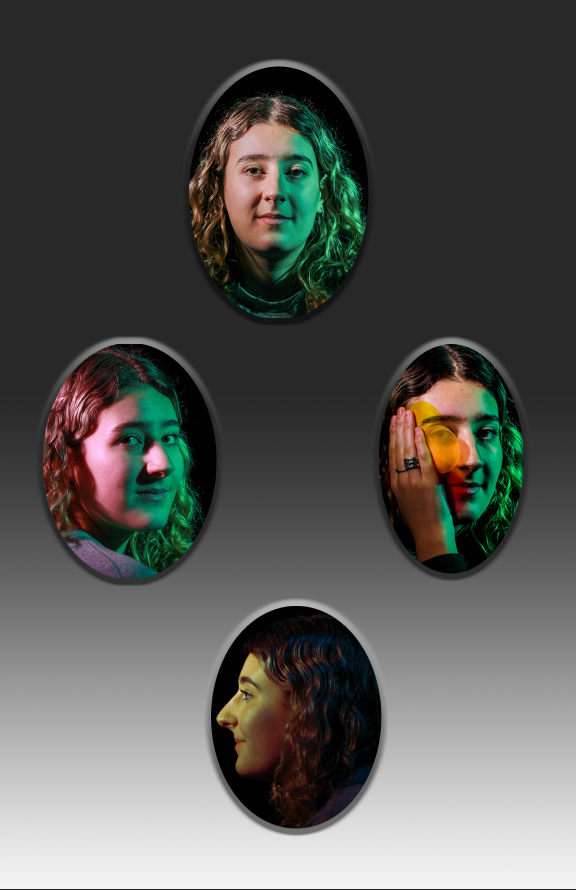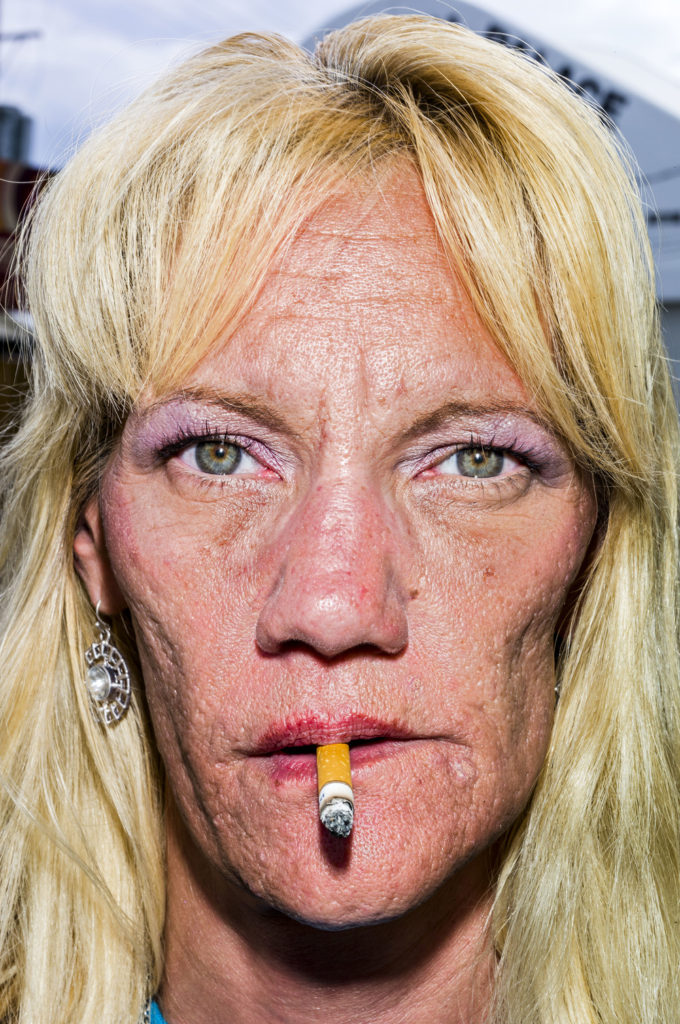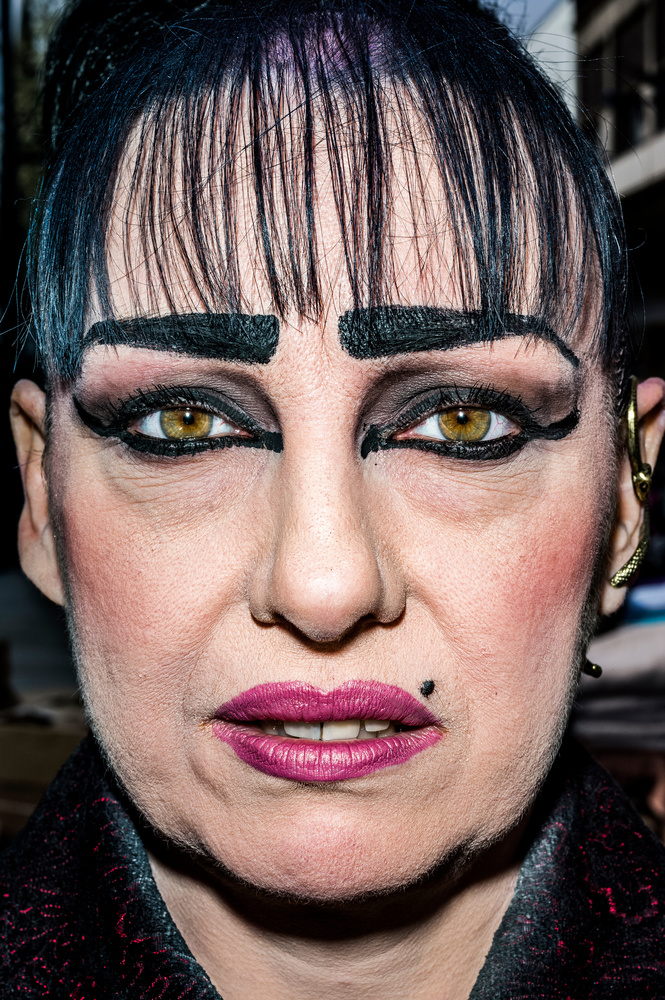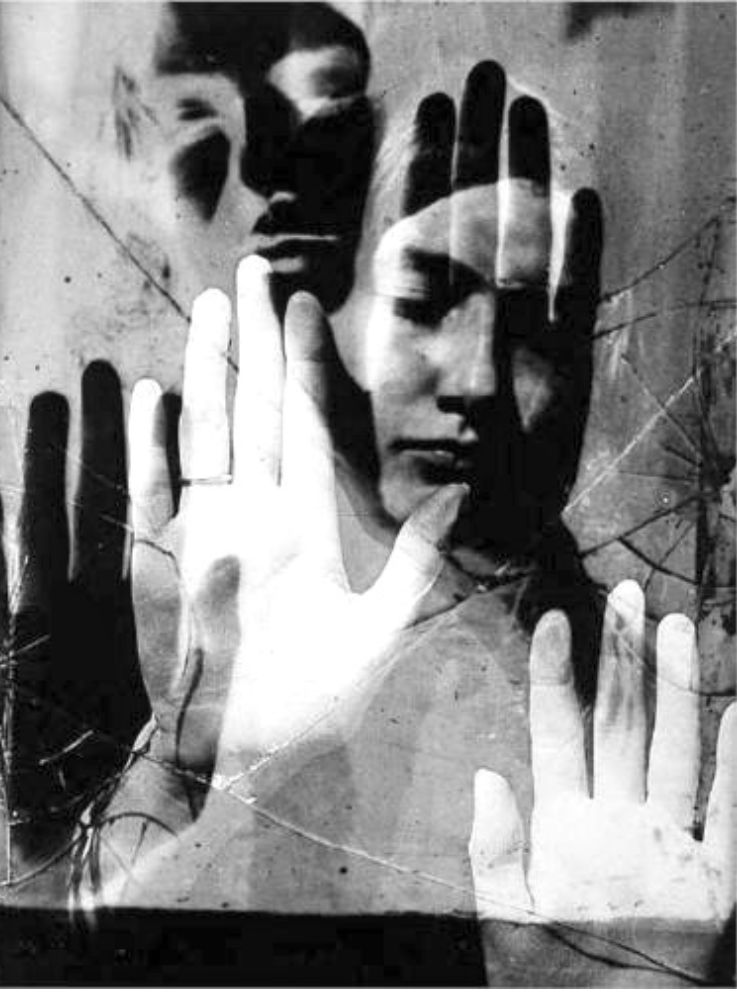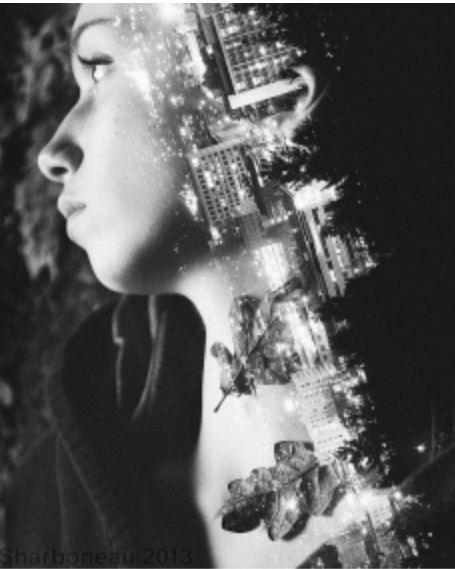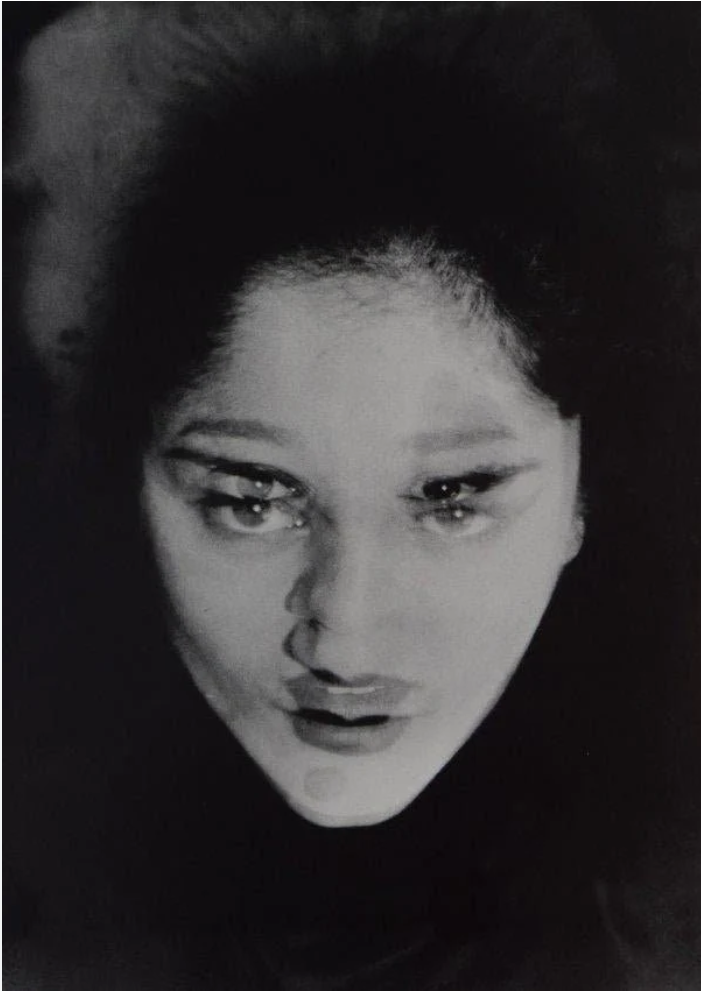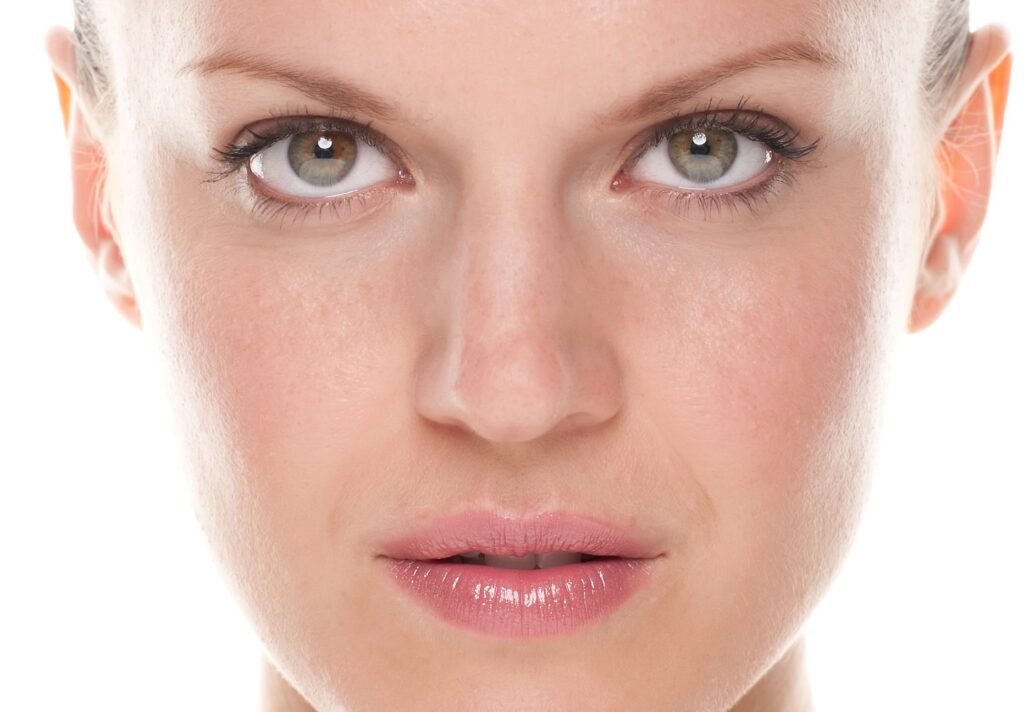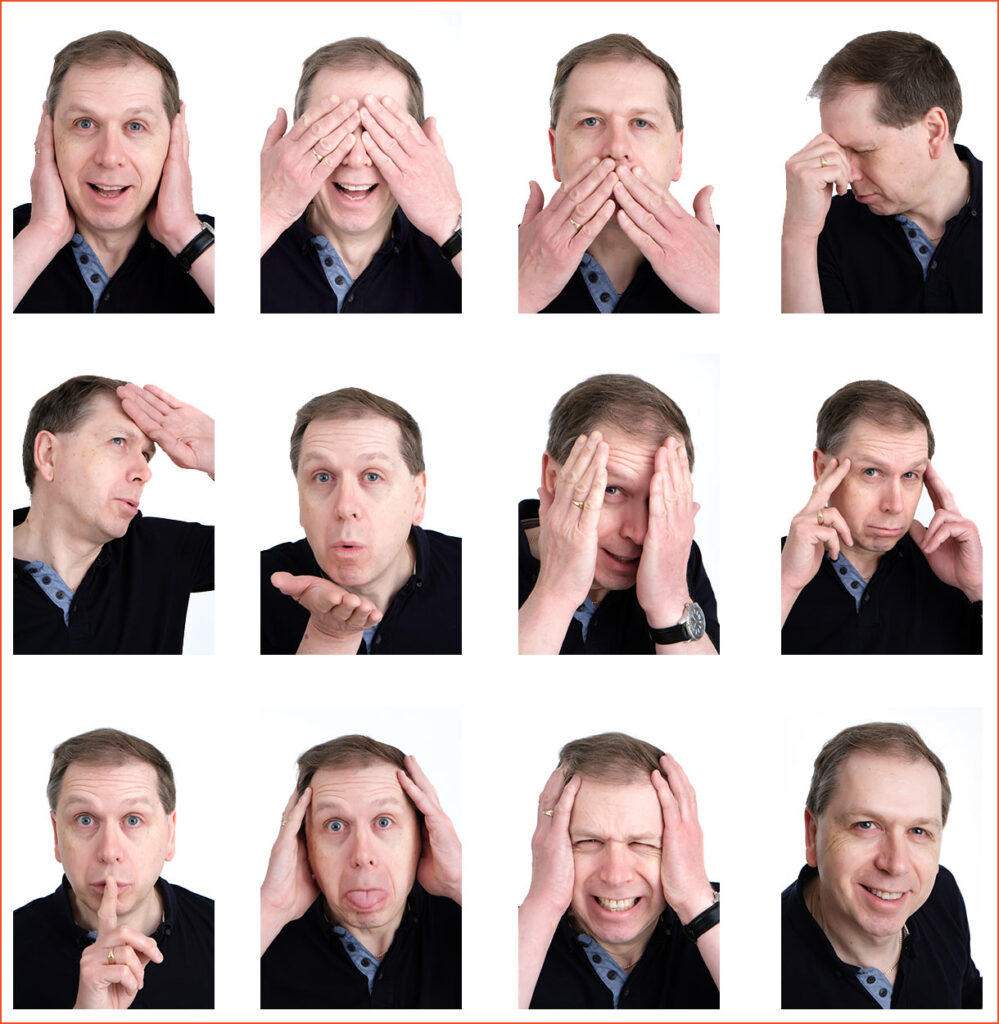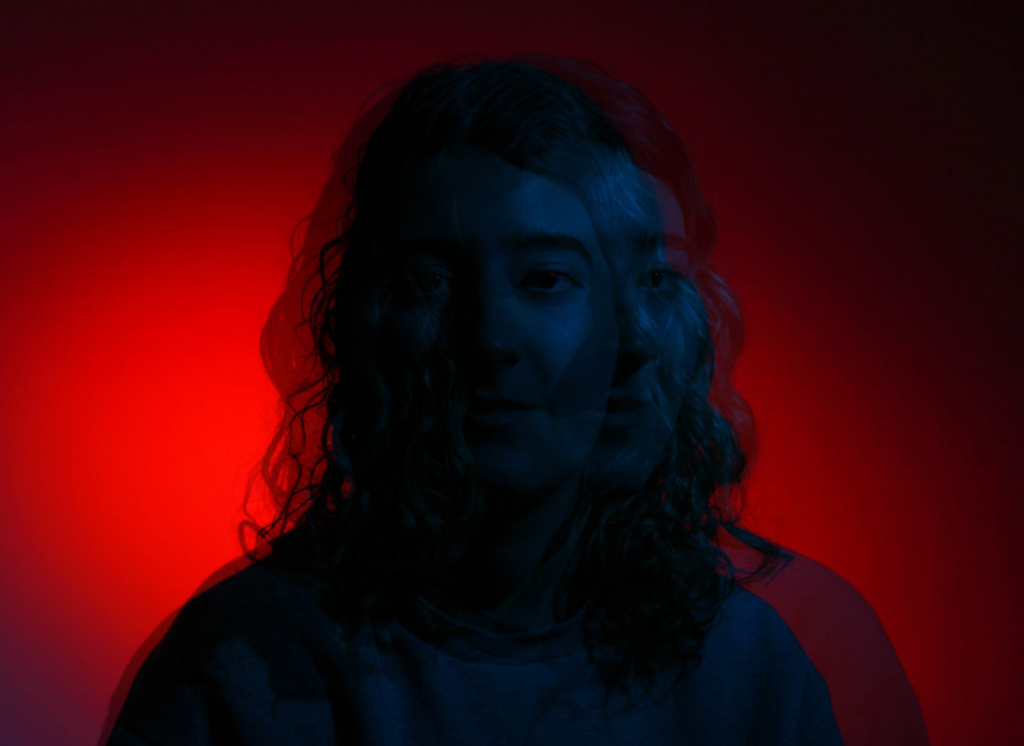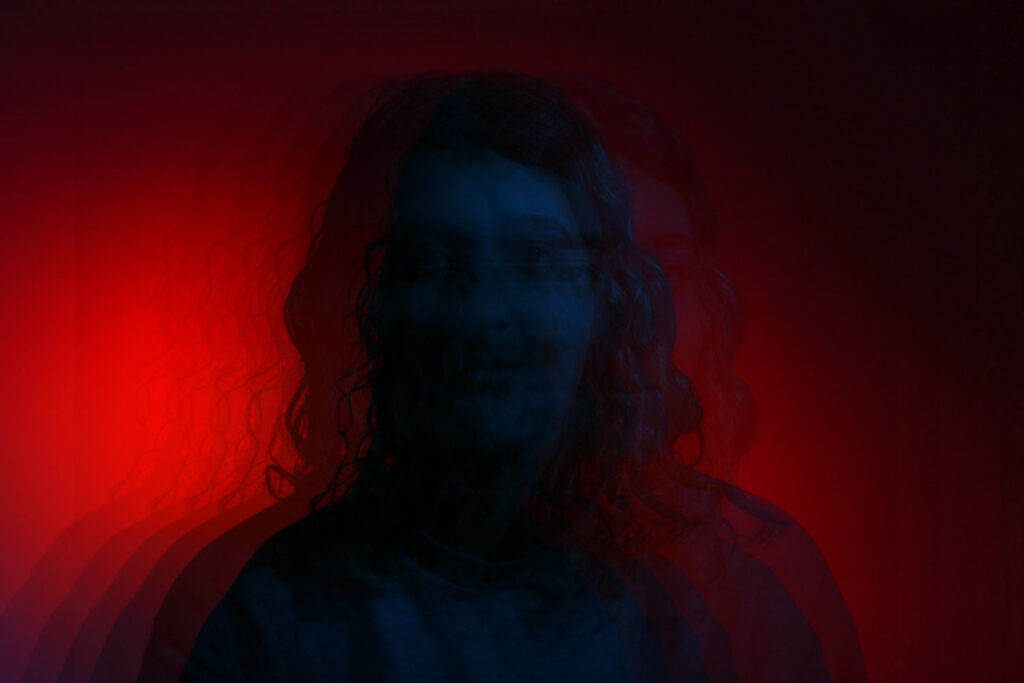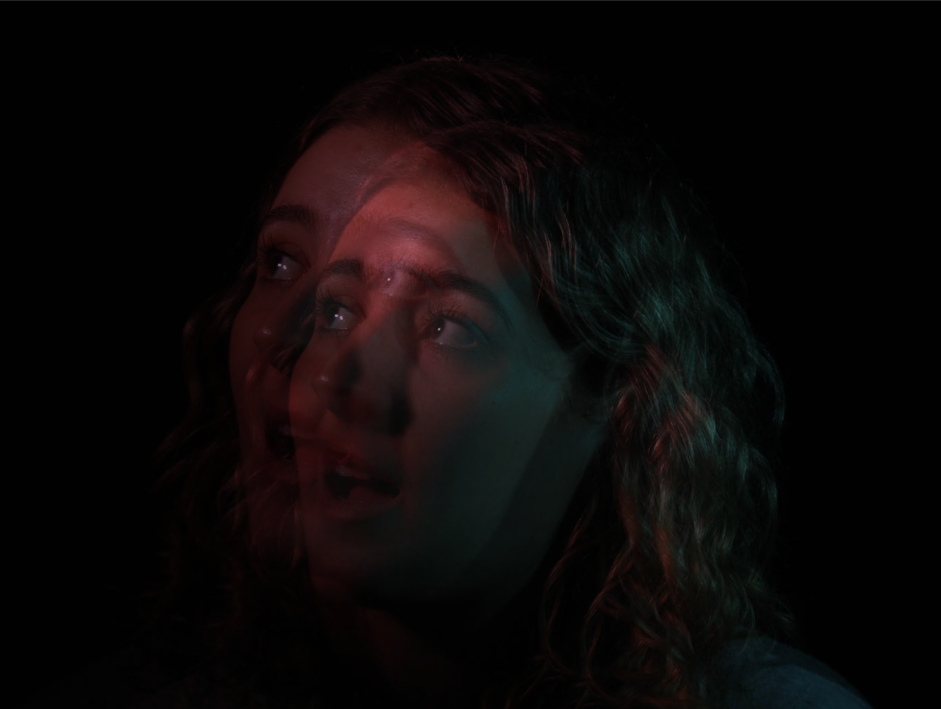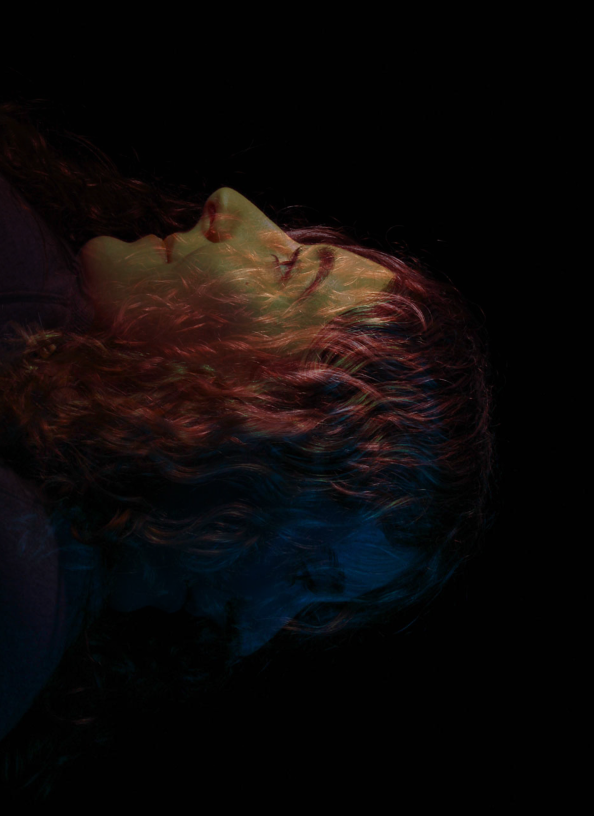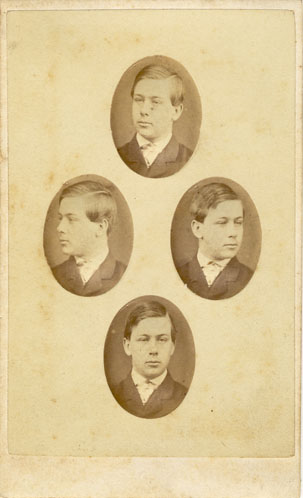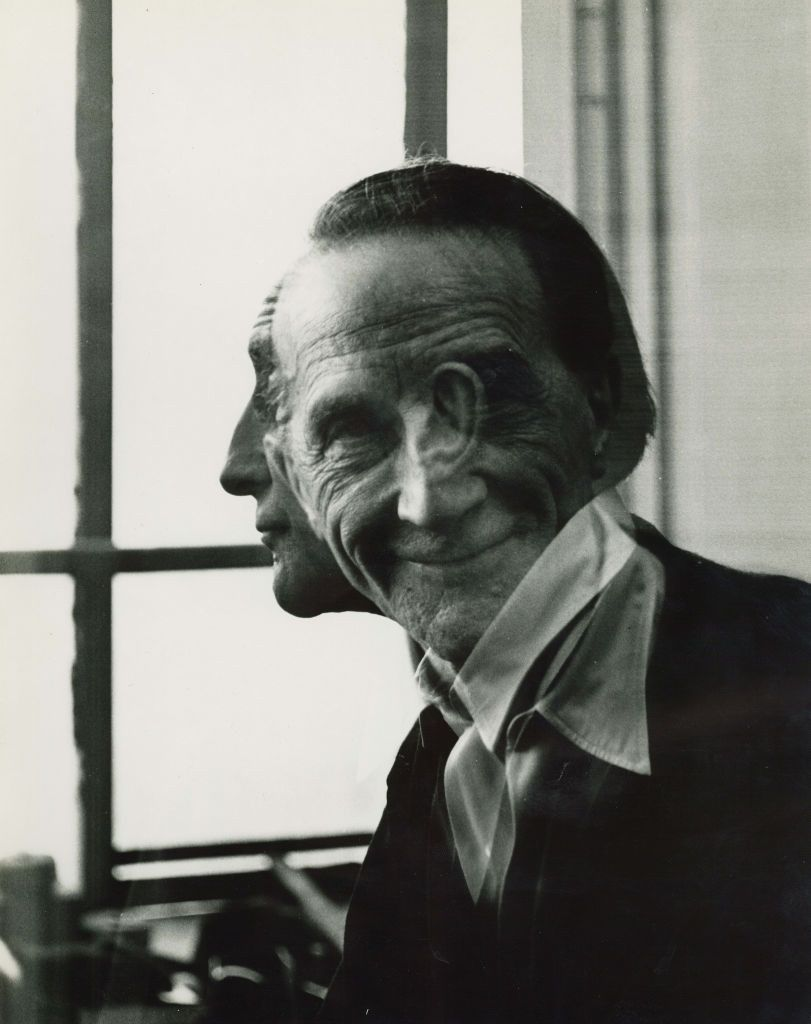For my photoshoots, my inspirations are going to be photographers who explore the themes of identity, and the binary opposite of femininity and masculinity. Another binary opposite I want to incorporate in my work is empowered vs victim because I feel like this is relative to the stereotypes associated with femininity or masculinity and want to show both sides of it.
Francesca Woodman:



Am I in the picture? Am I getting in or out of it? I could be a ghost, an animal or a dead body, not just this girl standing on the corner?
Francesca Woodman created over 800 self-portraits before her untimely death in 1981, just 22 years old. She was a body-orientated feminist who emerged in the art movement during the 1970s. She first documented these images when she was thirteen in 1972, where she is sat on the end of a sofa in an un-identified place wearing an oversized jumper and jeans. Her arm is loosely hanging from the armrest, with her face concealed by her hair and the foreground with a blur to it. I think the oversized jumper is a large part of this image because the body is completely misshaped and unidentifiable, beginning to show how the focus of her images is linked to the body and the obscuring of her own identity by hiding her face.
Public opinion has generally been favourable towards Woodman’s work and continues to be the subject of much positive critical attention, years after her death at the age of 22, in 1981. For example, at the 1998 exhibition in Paris, many people had “strong reactions” to her “interesting” photographs. A number of people have found Woodman’s individual photos (for example “Self-portrait at 13”) or her photography as inspirational. Many critics and historians have commented on how Francesca Woodman’s work was influenced by myths, artistic movements and other photographers. One comment is that her work is inspired by gothic fiction – identifying with gothic heroines of stories where a female figure is made to be in solitude turning her mad, full of angels, mirrors, demons and tombs. However this is just an inference because she studied Surrealism immensely alongside the work of Duane Michals. She did this by following this movement’s tradition of not explaining her work and demonstrated a “desire to crack the code of appearances.” This is why I find her work so intriguing because it’s open to interpretation and can become unique to the viewer as it has the possibility of being more personal.
Her work gives the viewer a feel of displacement, set in rooms that are broken down, old and being wasted away where she tends to blend in with the surroundings. These rooms are typically very sparse with furniture, characterised with old furniture, peeling wallpaper, smashes mirrors or glass and rough surfaces such as lifted tiles off of the floor. In these images, parts of her body are often blurred which causes her to disappear into the background, giving a lack of distinction between self vs world, another binary opposition. Her photographs are often thought-provoking and emotionally powerful, demonstrating the power of photography to capture the essence of a moment and the intangible.
Image Analysis:

Things looked funny because my pictures depend on an emotional state… I know this is true and I thought about this for a long time. Somehow it made me feel very, very good.
Francesca Woodman created a series of images similar to this one where she conceals parts of the body and face, hiding her identity. In these photographs, she reveals the body simultaneously as being there, whilst somehow being absent. By doing this, she dissects the human body by emphasizing isolated parts, hiding and revealing certain sections in each image. This gives a tone of presence and absence all in one image.
The image has been taken at a wide angle to capture the background surrounding her. Towards the left side of the image the wall in the background appears blurred and out of focus as she, being the subject, is the focal point of the image. The image looks slightly under-exposed as it is really dark however there has still been a lot of detail captured sharply such as the pillar in front of her. Using a slow shutter speed to create a motion blur on the upper portion of her body specifically her head symbolises confusion and almost as if she is attempting to get out of her mind.
These images represent her state of mind before she ended her life so the abandoned and run down atmosphere and environment may symbolise how in her mind she felt lost and empty just like these rooms in a sort of slow decaying way. The wallpaper looks incredibly old and we can see as it peels away there is another floral piece behind it. I think this may represent how she felt as if her mind was break down and almost rotting, as she suffered from suicidal thoughts. By putting her images into black and white, I feel that making her work monotone may also symbolize the absence of light/happiness and colour in her life, so by making the image so colourless she accurately shows how empty her life is, especially from the sparse rooms too. This makes a strong contrast. She tends to appear off centre in different creative positions, in this image speeding under a table in a manic way. Wearing a long floral dress alongside some flat black shoes, her hair down and behind her causes her to appear feminine, however the concealing of her face hides her identity which can be interpreted as if she is attempting to blend into the background too to get away from standing out and becoming noticed.
The genre of Surrealism is clear especially in this image because there is no clear story to explain the intentions behind the image, causing the viewer to question the strangeness she has created and add personal narratives to it.
I really like this meaning behind her work because it tells the viewer about herself and evokes emotion in them.
In my work, I am going to attempt to use motion blur on the face whilst the body being in focus because it gives a tone of mystery and disclosed identity which I find really enticing and interesting.







